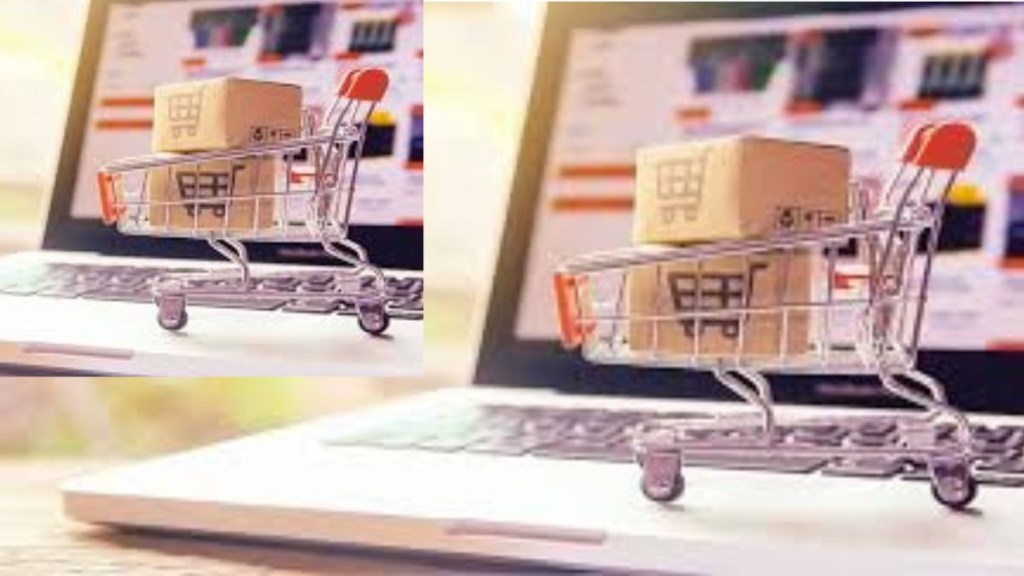By Prakash Gurumoorthy
Imagine a world where shopping is completely frictionless, where customers can seamlessly move from browsing to buying with just a few clicks or even just a walk around the store. This is the world of digital commerce that is set to take center stage in 2023.
The pandemic may have been the catalyst for the digital transformation of many businesses, but the momentum is set to continue with new technologies and disruptive companies entering the digital marketplace. It’s no longer enough for businesses to just have an online presence. They must evolve their ecommerce strategy to become synonymous with a marketplace strategy to grow their audience, presence, offerings, and profitability.
As the worldwide ecommerce transactions are expected to rise to 70% from 60% now, niche marketplaces are emerging in areas including health, services, and manufacturing. To keep up, retailers will need to invest in their own marketplaces or have a significant presence on online stores owned by their peers.
Digital-first Strategy for Retail
The digital revolution is not limited to online shopping. Physical outlets are also going digital, as retailers such as Ikea are implementing ‘just walk out’ shopping. This technology uses sensors, cameras, and RFIDs to track customers and their purchases in the store, and they are automatically billed at the checkout without having to queue up to have each item checked and priced. We predict that over a fifth of consumers worldwide will experience this frictionless shopping, which will transform the way we shop.
Brands They Trust
The importance of sustainability and environmental responsibility has never been higher. Over a fifth of all e-commerce experiences are expected to display sustainability information for products, services, and delivery options. Customers want to feel that their shopping choices are not burdening the environment, and transparency is key to building this trust. Brands and retailers will have to invest considerably in providing information such as manufacturing processes, materials used, and carbon footprints to boost customer loyalty.
Streaming Shopping Experience
One-to-many and one-to-one video streaming for shopping is already popular in many Asian e-commerce markets, and we foresee this trend becoming a major revenue driver in the Americas and EMEA. Merchants who adopt video sooner will come out ahead, as video has the potential to dominate e-commerce. Engaging e-commerce experiences with live shopping events and one-on-one live shopping empower salespeople and influencers to boost products while providing valuable data about customers.
Autonomous delivery and AI
Finally, the autonomous delivery of e-commerce transactions globally is expected to reach over a tenth. Autonomous vehicles are already delivering products and food in China and the US. Businesses experimenting with autonomous e-commerce will need to evaluate their business model and the use of sensors or IoT and AI to predict customer orders to improve customer experience.
As the world of digital commerce continues to evolve, merchants and retailers must stay ahead of the game by adopting new technologies and providing innovative shopping experiences.
The author is the general manager- EMEA and APAC at VTEX.

